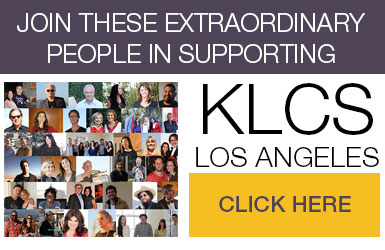KLCS, in collaboration with LAUSD’s Division of Instruction, is looking for enthusiastic and outgoing educators to share their passion for teaching on TV!
If you are an LAUSD educator and have found a passion for sharing your lessons via video, we want to collaborate on broadcasting your lessons.
Below is a list of Frequently Asked Questions that will be updated as we work through this process. If you are interested in participating or have any questions, please direct them to Jorge Briseño via email at: jorge.briseno@klcs.org.
FAQ’s:
Q: What grade level or subject area are you looking to broadcast?
A: Our goal is to build a block of instructional programming that covers as many curricular areas and grade levels as possible. To that end, we are looking for teachers in all subject areas and curricular disciplines.
Q: How many teachers will be participating?
A: We do not have a fixed number of educators that will be participating. Ideally, we hope to work with enough teachers across the grade level and curricular spectrum so that we can build a broad library of lessons. The more teachers we can encourage to participate and contribute to this effort, the more lessons we will have to build the broadcast schedule.
Q: How many lessons do I need to provide? What is the time commitment?
A: There is no set minimum of lessons/videos that we are requesting in order to participate. We are hoping to build curricular blocks pulling from talented teachers across the District. To that end if you have one fantastic lesson that you believe would be great for air, or if you are interested in creating and sharing content on a more regular basis, reach out to us and we can discuss your specific situation.
Q: How long do the lessons need to be?
A: We have set hard-fast requirements on the duration of each lesson. Best practices for creating engaging video content suggests that lessons longer than 15 minutes on one topic face challenges in keeping students’ interest. Secondary students may be able to engage for longer periods of time, however, we do not recommend that any stand-alone lesson be longer than 26 to 28 minutes.
Q: Are you looking for teachers to teach live or are you accepting pre-recorded lessons?
A: This initiative will rely on pre-recorded lessons, edited. We are looking to build curricular blocks and need to establish a library of lessons before we begin to broadcast in order to determine how many ‘episodes’ and content areas we can program.
Q: When will this programming start and how long will it last?
A: We are hoping to move quickly and get a block of lessons programmed for air by November 2020. Our goal is to provide students with additional quality instructional content through the duration of this virtual teaching and learning schedule.
Q: Will I need to purchase equipment to participate?
A: Our goal is that teachers wanting to participate will be able to use the equipment they already own and may be currently using to deliver their lessons. With that being said, lessons recorded on virtual meeting platforms like Zoom, Google Meet, etc. may not achieve broadcast-standard video and/or audio quality, particularly if your built-in webcam is not capable of HD video. If you are recording your lessons on a cell phone camera or external digital camera that is HD-capable, your video should be capable of meeting broadcast-standard. Just remember to use the rear camera on your phone and shoot in landscape mode!
In an ideal situation, the audio would be captured using a stand-alone omnidirectional lavalier style microphone clipped on to the speaker at chest level. If you are using your device’s built-in microphone, make sure you are looking directly at the device while speaking (looking away can result in audio drops), keep the background noise to a minimum and remember to project your voice. Please see our resources section below for links to tips on how to maximize your instructional lesson techniques.
Additional Resources to check out:
Below are a series of links that may prove useful to inspire your video lessons or may provide you with some ideas or tips to dial up your own lessons.
WCNY TV Classroom – https://www.pbs.org/show/wcny-tv-classroom/
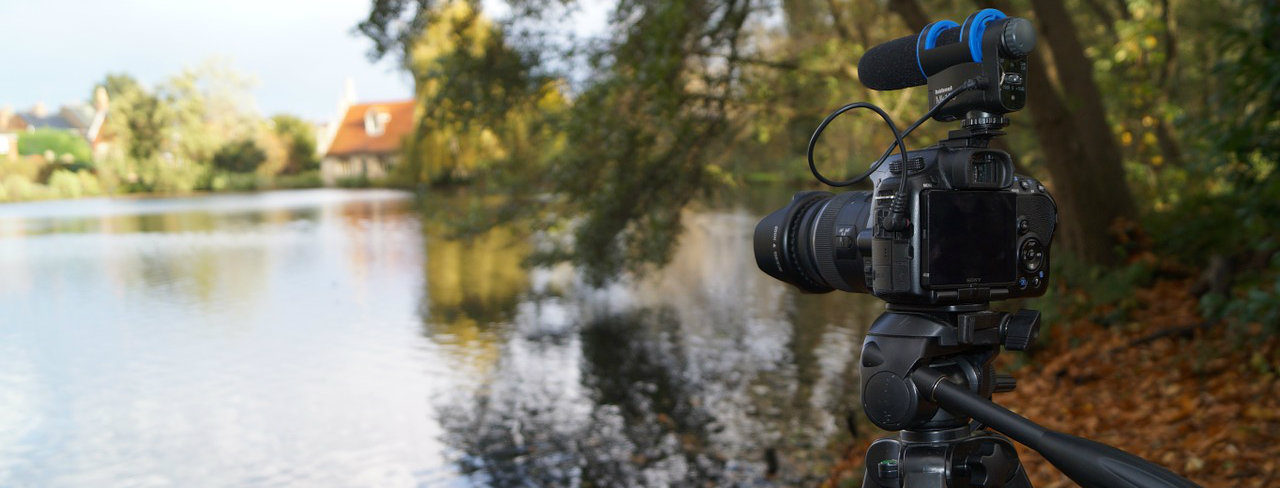
5 Simple Tips for Creating Engaging Instructional Videos | Schoology
If you’ve ever Googled a how-to question, you already know the power video has with teaching you something more effectively than a block of text. Videos aren’t just booming in popularity–they’re also a primary format for learning.
schoology.com
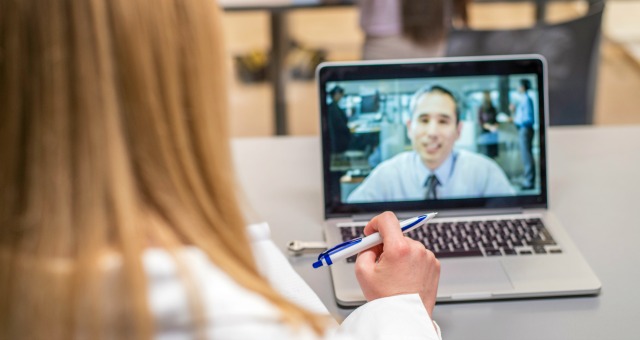
10 Tips for Creating Effective Instructional Videos
Instructor presence is an important component of effective online teaching, and video can help make it happen. Instructional videos have become increasingly easy to create and can turn a good online class into an engaging learning experience. Video humanizes the online experience by letting students know their instructor as a real person, not an abstraction.
facultyfocus.com
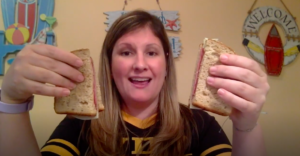
Learning to Teach on TV | Blog | WNET Education
The author of this article, Lindsay Frevert, is a second grade teacher in Somerville, NJ, and one of four New Jersey Milken Educators who are part of NJTV Learning Live. For more than 30 years, the Milken Educator Awards, an initiative of the Milken Family Foundation, have rewarded and inspired excellence in the world of education by honoring […]
wnet.org
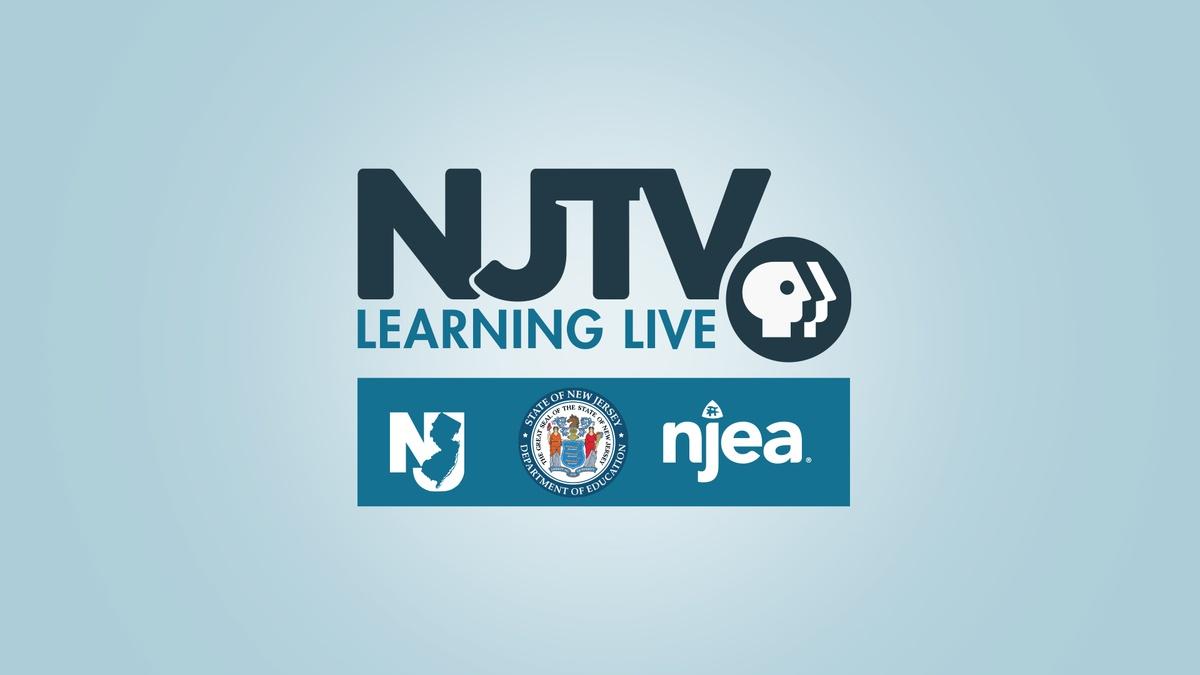
NJTV Learning Live | Video | NJTV
NJTV Learning Live is a unique on-air instructional series to help kids learn remotely. Created by NJTV in partnership with the NJEA and the NJ Department of Education, hour-long classes for njtvonline.org

